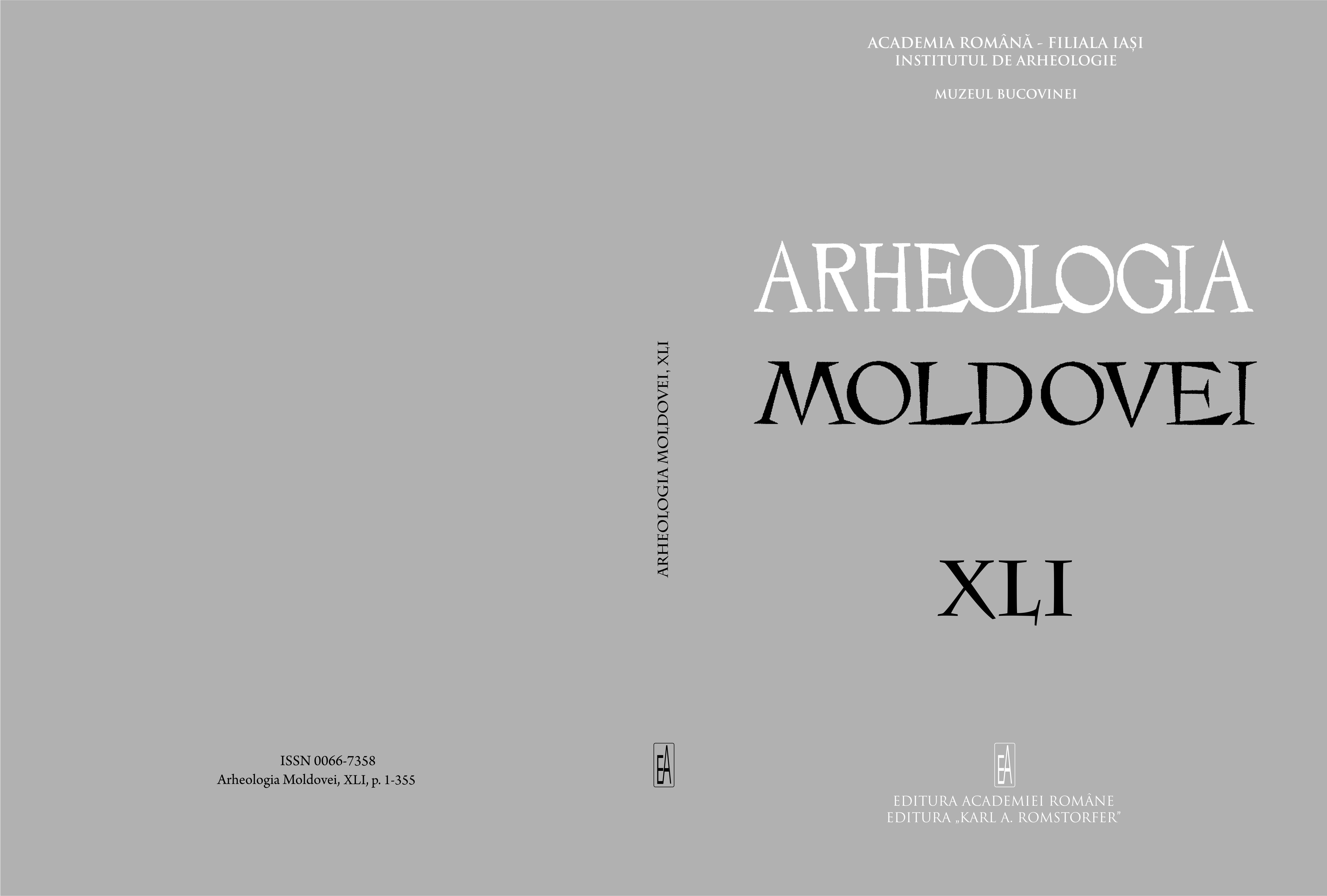Incineration, inhumation and biritualism
Incineration, inhumation and biritualism
Author(s): Virgil Mihailescu-BîrlibaSubject(s): Archaeology, Ancient World, History of Religion
Published by: Editura Academiei Române
Keywords: Carpathian tumuli culture; Braniște – Nemțișor cemetery; incineration; inhumation; foetus;
Summary/Abstract: As is well known, burial has a most prominent position among the rites of passage, which explains why it also enjoys, alongside other particular domains, special consideration on part of archaeology. The archaeological research carried out in the ancient cemetery from Braniște–Nemțișor (Neamț County), attributed to the Carpathian tumuli culture (4th century AD), has revealed a particular case: even though the necropolis is characterised by the use of incineration, it was truly surprising to discover an inhumation tomb alongside an incineration one, both housed by the same barrow. Tumulus no. 4, first explored in 1992, even though largely eroded by agricultural works, it nevertheless yielded several archaeological complexes. Foremost was a platform of fired earth, corresponding to an incineration pyre. Other notable discoveries were the numerous pits (23) that were in some cases located outside of the area withfire debris, in other cases preceded it, or even ran through it; it can be assumed that some of the pits were used for implanting the poles that supported the pyre. Outside of the fire-debris area, as well as under the aforementioned pits, right on top of the living floor, a skeleton was discovered, which belonged to a foetus according to the anthropological analysis. The inhumation of small children has been recorded in Europe as early as the Neolithic period, and continueduntil much later times, during the age of the Roman Empire, as has also been also documented in Daco-Roman necropoleis of the 2nd – 3rd centuries AD. The funerary structure, which supported the pyre and the cot on which the deceased lay, was erected right after the burial of the foetus. This was followed by the incineration and the covering of all the remains with a layer ofearth, which in time was destroyed by the aforementioned agricultural activity. From the brief exposition above, it can be stated that the necropolis from Braniște–Nemțișor was of the incineration type. However, this rite does not exclude the use of inhumation, on account of certain customs that often can only by presumed. We can also mention the controversy regarding the Sarmatian or Dacian inhumations in the cemeteries from Roman and Free Dacia. Drawing from the considerations concerning the inhumation tomb from Braniște, it can be stated that in thiscase we have a rare instance of an agreement between the archaeological record, the anthropological analysisand the ancient source.
Journal: Arheologia Moldovei
- Issue Year: 41/2018
- Issue No: 1
- Page Range: 95-110
- Page Count: 15
- Language: English

